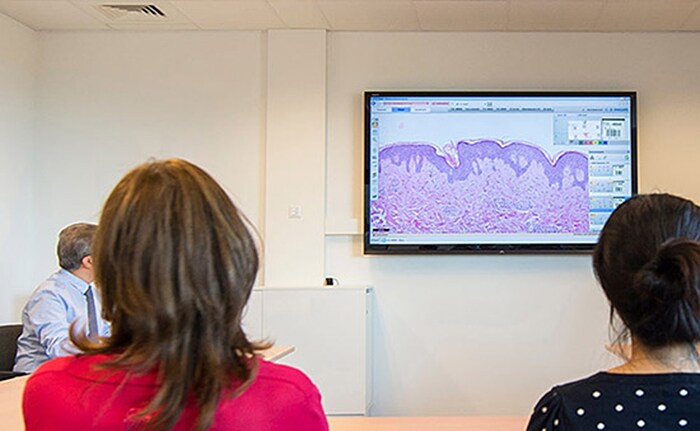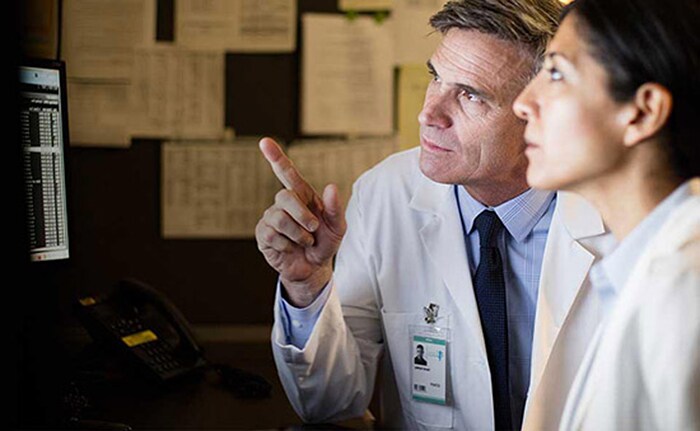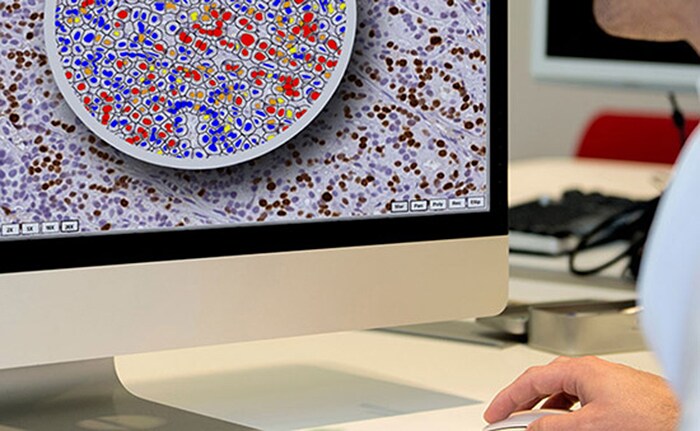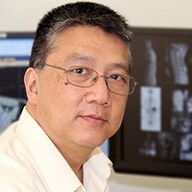Blog
Healthcare explained: Could AI replace radiology?
AI and deep learning have a wide range of applications and potential in radiology – spanning from improved diagnosis, enhanced workflow and inevitably, a shift in the radiologist’s role.
The ability to mine the endless amounts of imaging data is driving AI innovation forward in radiology; however, as this disruptive technology and its data applications begin to find a more defined role, there are questions around its impact on the future of the industry.
The Human perspective
Rather, their roles will be redefined and may ultimately merge with the other key information specialists in healthcare – pathologists—thus creating well rounded information specialists who may have a deeper and broader look into diagnoses and treatment pathways.
One question top of mind for many in the field is: Will AI replace radiologists? A recent article in JAMA analyzes this question and the answer extends past a redefined role and into a new field altogether, suggesting that as information specialists, radiologists won’t lose their jobs.
While automation enhances and improves the role of information specialists, there is still a need for the human perspective.
AI in radiology, for example, is designed to help tease out and prepare data for the radiologist, but as it relates to evaluating scans and diagnosis, the understanding of the interaction between the imaging physics and the disease biology is better done by the radiologist. A merging of these two data-rich fields would allow the information specialist to interpret the important data and manage the information in the clinical context of the patient to help guide clinicians. It’s a natural combination in this perspective and there are three phenomena happening now driving this compelling integration:

1. The digitization of pathology – While radiology is far beyond the analog days of holding a piece of film up against a light box to review a patient’s scan, pathology departments are only now in the beginning stages of going digital. Once pathology is fully digital, advantages that we’re used to in radiology – image sharing, remote consultations, second opinions, and tele-pathology for around-the-clock service – will become readily available.

2. Emergence of a computational framework – Similar to the concept of computational imaging in radiology, once pathology has digital datasets of their slides, it will allow them to create a computational framework, including image enhancement, feature extraction and feature quantitation. This framework will allow pathologists to analyze the content of the images, gleaning more information and insights than ever before – unlocking data to be viewed in the context of other images, results and clinical information.

3. Correlation and aggregation of data – The additional insight from the analysis provided by the computation framework will enable pathologists to more easily aggregate data to identify correlations. This will likely evolve in stages – first permitting concurrent visualization of radiology and histopathology data, and ultimately leading to algorithm-based correlation of relevant features. These associations and patterns will allow clinicians to better understand the data, enabling better, more definitive, individualized care.
These three happenings not only call attention to an inevitable shift in radiology, but to the broader phenomenon of the shift to precision medicine. As radiology and pathology continue to converge – both in technology and in the insights they provide, and the area of genomics develops and begins to intersect with the merged fields, healthcare will see a convergence of information that results in more personalized diagnosis and treatments.
And while the future will likely hold a different role for the radiologist, the importance and clinical need for radiology will only increase.
This story was originally published on the Philips Innovation Matters blog.

